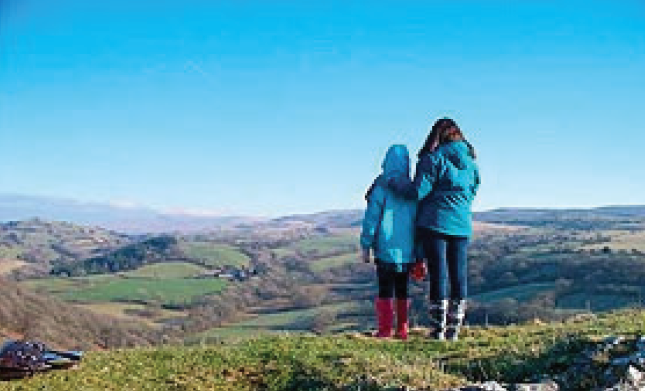 ENCOURAGING the growth of flowers and wildlife, habitat improvements have been carried out at an Amman Valley nature park.
ENCOURAGING the growth of flowers and wildlife, habitat improvements have been carried out at an Amman Valley nature park.
The Wildlife Trust of South and West Wales, volunteers and Carmarthenshire County Council rangers worked together at Ynysdawela Nature Park to manage the species-rich meadows there.
The nature park, in upper Brynamman, is important for wildlife, with the rare marsh fritillary butterfly found in its meadows, and the dormice living in its field margins and woodlands.
Welsh Government funding paid for the habitat improvement works at the site, which included mowing the meadows, raking grass to form habitat piles for reptiles and insect life, and cutting back scrub from field edges.
The grassland management will help the flower-rich meadows to flourish and prevent the fields from being swamped by trees.
The many different flowers will bloom in middle to late summer to be enjoyed by a variety of butterflies, birds and other animal life.
Biodiversity Officer Isabel Macho said: “It is important to maintain these naturally damp, flower rich grasslands as they act like a sponge, soaking up rainwater and releasing it slowly into streams and rivers to help prevent flooding downstream. They are also becoming increasingly important for supporting a wide variety of important insect pollinators that have become less common in the county.”
The park is well used by dog walkers, runners and families and work to improve some of the paths during the winter should benefit them.
Further woodland work is also planned, including viewpoints to help show off some of the finer mature trees and diverse habitats to be found within the park.
Cllr Pam Palmer, Executive Board member for Biodiversity, said: “Through working together as a team, council staff, volunteers and contractors achieved a lot over just a three day period of intensive work.
“The importance of these species-rich sites for people and wildlife is finally being recognised and we hope that the benefits to both can be enhanced here.”

















Add Comment